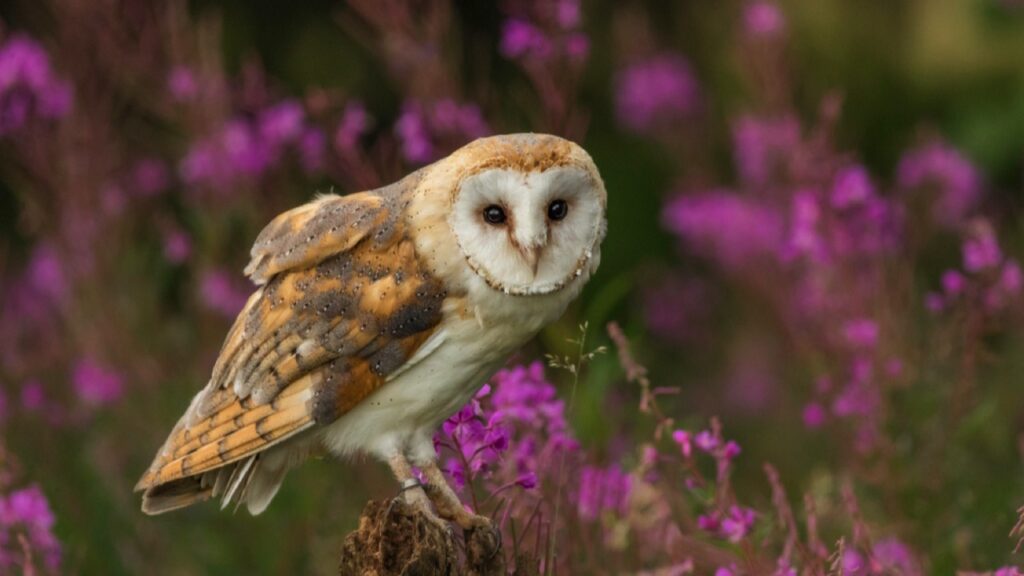The United Kingdom is home to a diverse array of wildlife, and numerous conservation projects are working tirelessly to protect and preserve these precious creatures. From iconic species like the red squirrel and the hedgehog to lesser-known animals such as the pine marten and the large blue butterfly, dedicated teams of conservationists are making a real difference. Here are 11 amazing UK animal conservation projects that deserve our attention and support.
1. Red Squirrel Conservation
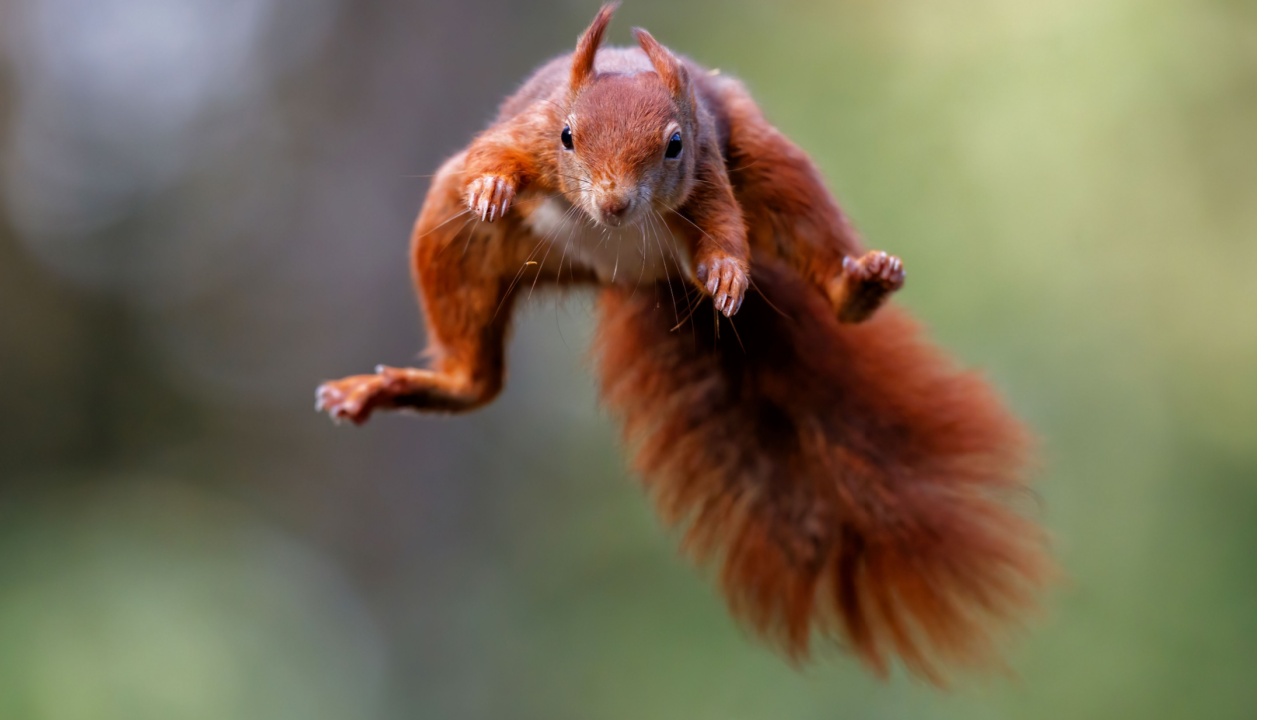
The red squirrel, once widespread across the UK, has seen its population decline dramatically due to habitat loss and competition from the introduced grey squirrel. The Red Squirrel Survival Trust works to protect and restore red squirrel populations through habitat management, research, and public education. Their efforts have helped stabilize red squirrel numbers in certain areas, giving hope for the future of this beloved species.
2. Hedgehog Conservation
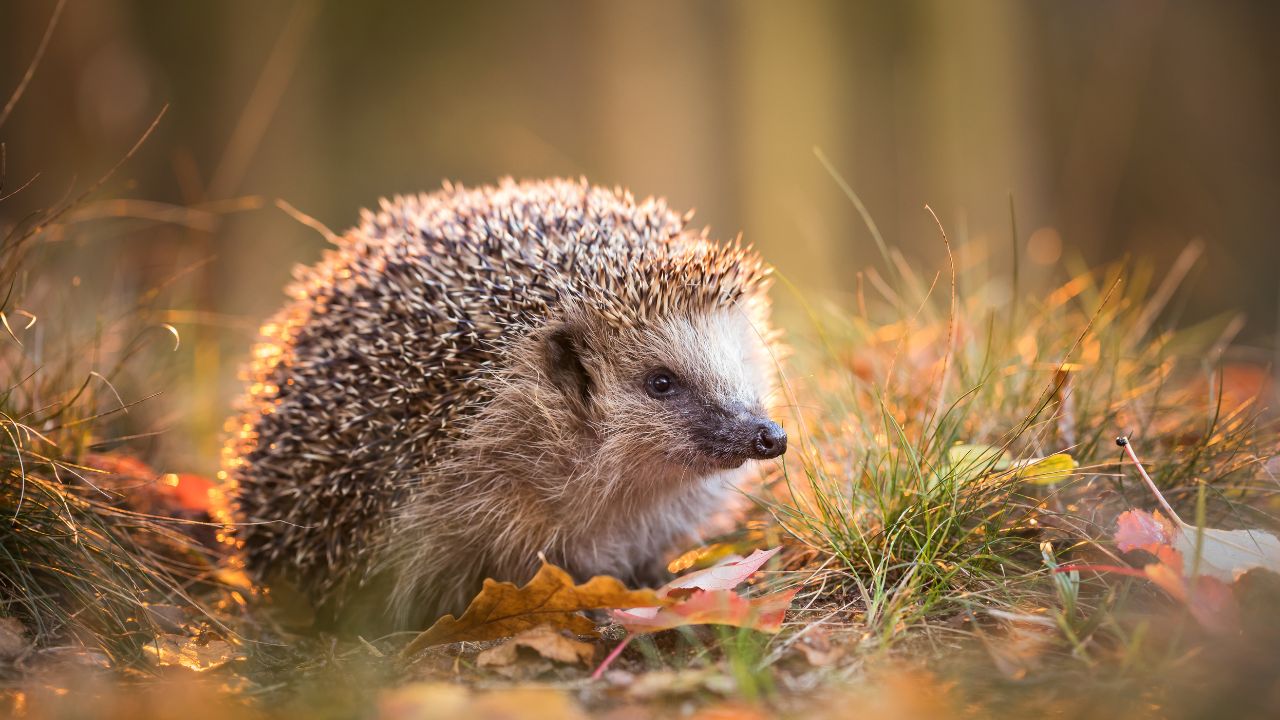
Hedgehogs, known for their adorable appearance and important role in gardens, have experienced a significant decline in recent years. The British Hedgehog Preservation Society is dedicated to protecting these spiny mammals through rescue and rehabilitation, as well as raising awareness about the dangers they face, such as habitat loss and road accidents. By creating hedgehog-friendly gardens and supporting conservation efforts, we can help ensure these charming creatures continue to thrive.
3. Pine Marten Recovery Project
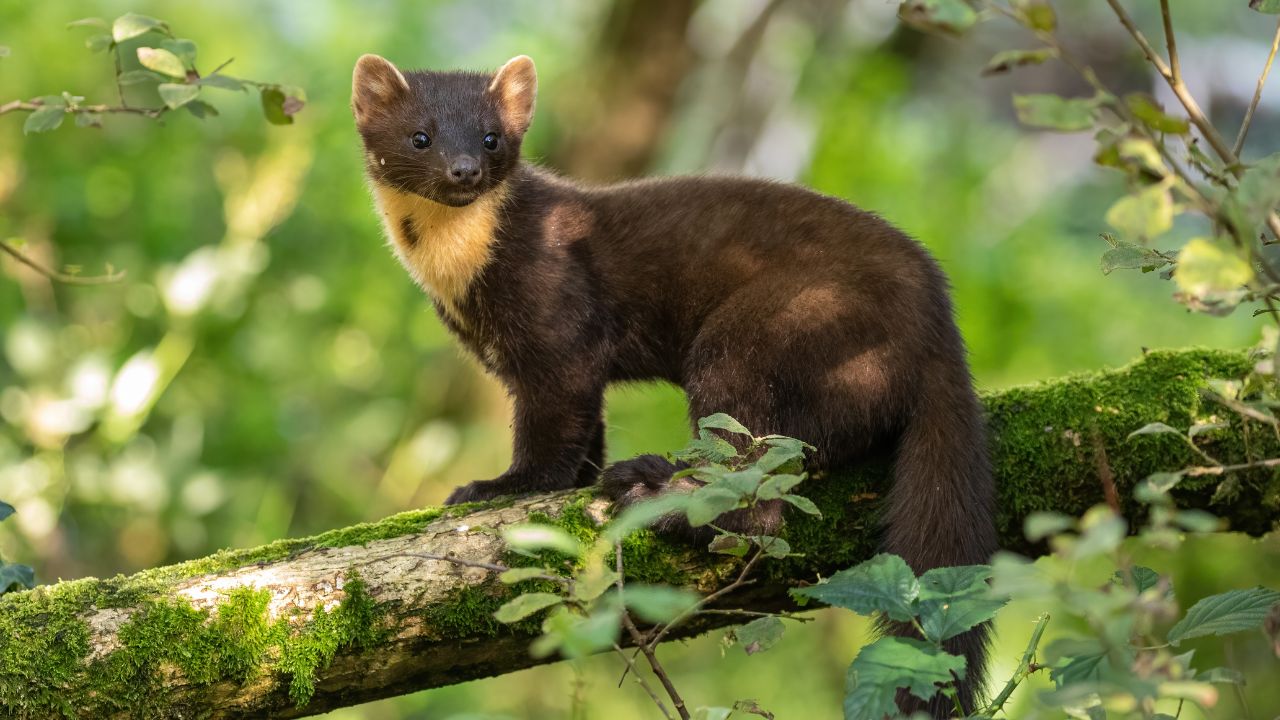
The pine marten, a member of the weasel family, was once widespread in the UK but faced near-extinction due to habitat loss and persecution. The Vincent Wildlife Trust’s Pine Marten Recovery Project has been working to restore pine marten populations in England and Wales by translocating individuals from Scotland, where they are more abundant. This project has seen significant success, with pine martens now re-establishing themselves in new areas.
4. Large Blue Butterfly Reintroduction
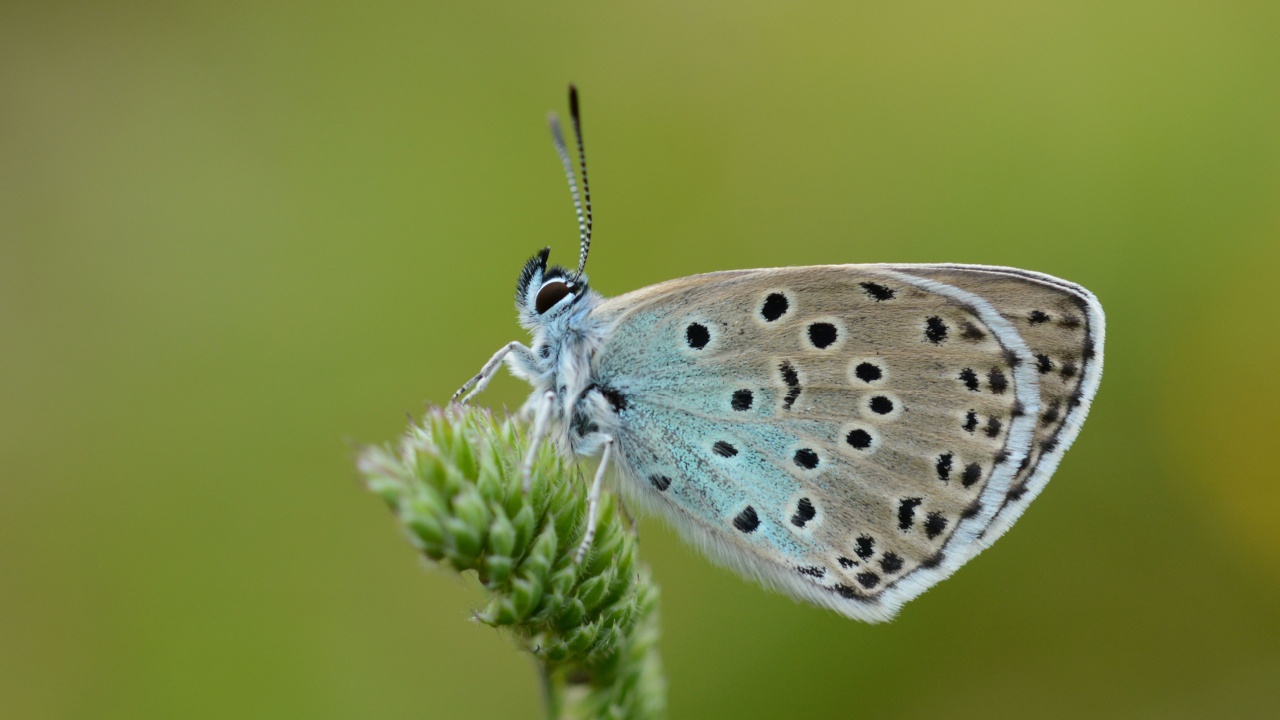
The large blue butterfly, once extinct in the UK, has made a remarkable comeback thanks to a dedicated reintroduction program. The project, led by the Royal Entomological Society, involved careful habitat management and the reintroduction of the butterfly’s host ant species. As a result, the large blue butterfly can now be found in several sites across southern England, showcasing the incredible impact of targeted conservation efforts.
5. Osprey Conservation

Ospreys, magnificent fish-eating birds of prey, have been the focus of conservation efforts in the UK for decades. The Leicestershire and Rutland Wildlife Trust’s Osprey Project has been particularly successful, helping to re-establish a breeding population of ospreys in England after a 150-year absence. Through nest protection, monitoring, and public engagement, the project has not only benefited ospreys but also raised awareness about the importance of wetland conservation.
6. Dormouse Conservation
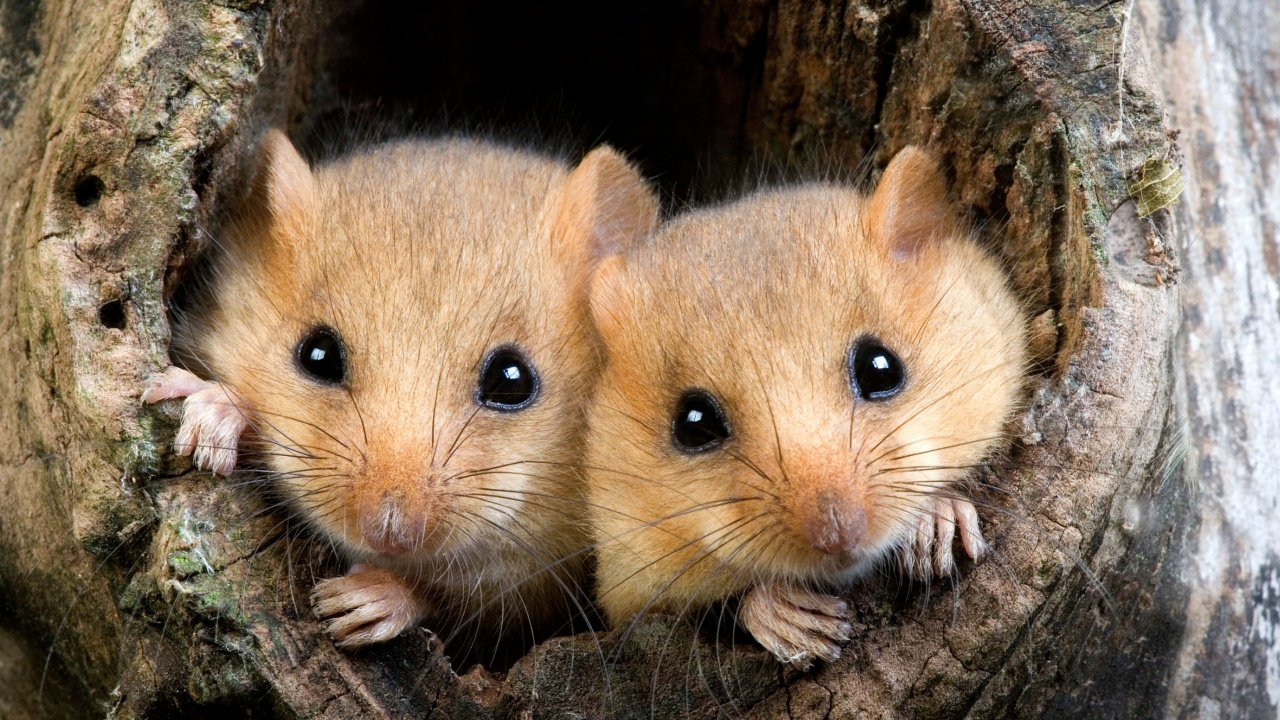
Hazel dormice, known for their golden fur and big black eyes, are vulnerable to extinction in the UK due to habitat loss and fragmentation. The People’s Trust for Endangered Species (PTES) has been leading efforts to conserve dormice through the National Dormouse Monitoring Programme. This initiative involves volunteers monitoring dormouse populations, providing valuable data to inform conservation strategies and protect these enchanting rodents.
7. Water Vole Conservation
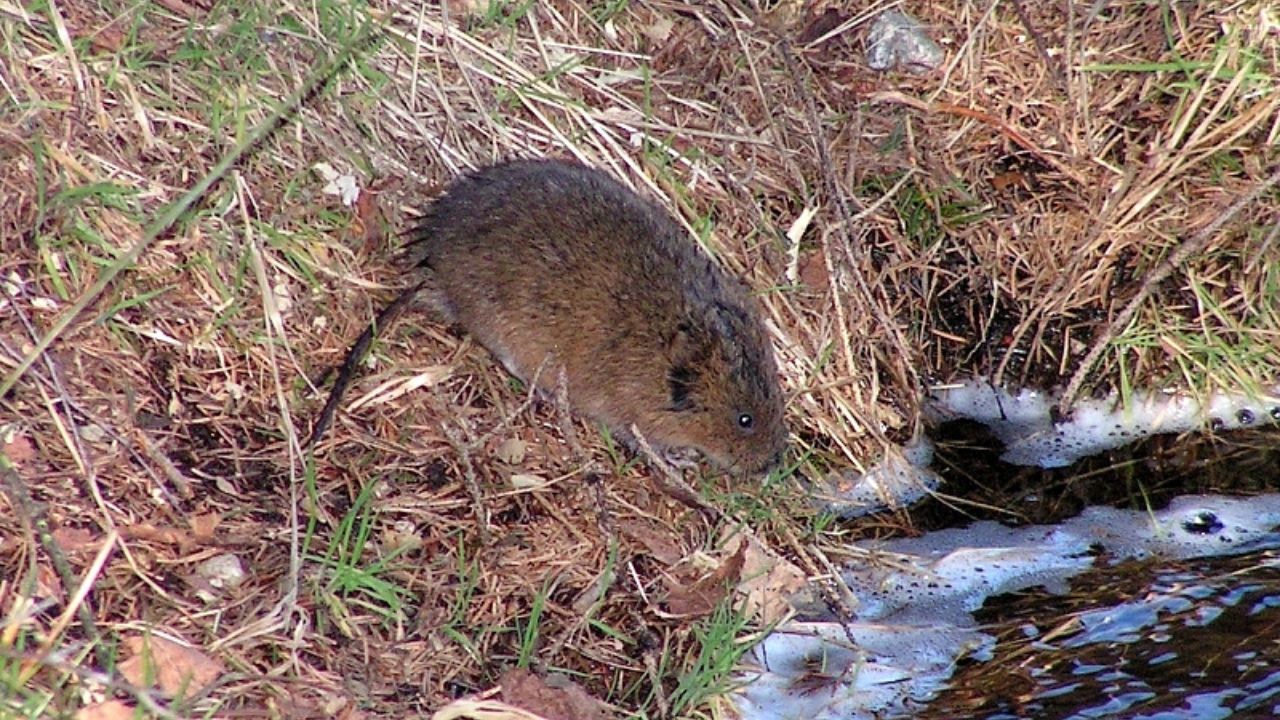
Water voles, often referred to as “water rats,” have suffered a dramatic decline in the UK due to habitat loss, pollution, and predation by the invasive American mink. The Wildlife Trusts have been working to conserve water voles through habitat restoration, mink control, and captive breeding programs. These efforts have helped to stabilize water vole populations in some areas, but ongoing conservation work is crucial to ensure their long-term survival.
8. Natterjack Toad Conservation
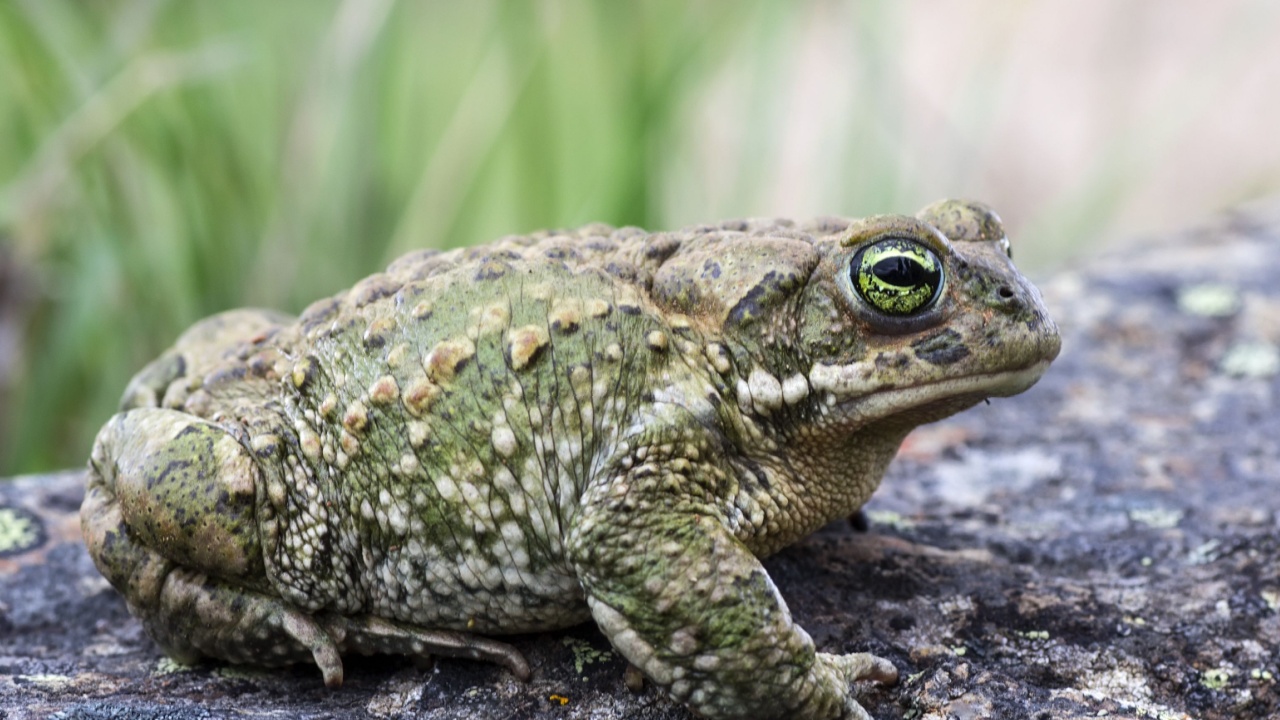
Natterjack toads, known for their loud and distinctive mating calls, are one of the UK’s rarest amphibians. The Amphibian and Reptile Conservation Trust (ARC) has been leading efforts to protect and restore natterjack toad populations through habitat management, captive breeding, and reintroduction programs. By creating and maintaining suitable breeding ponds and raising awareness about these unique creatures, ARC is helping to secure a future for natterjack toads in the UK.
9. Wildcat Conservation

Scottish wildcats, often called the “Highland tiger,” are critically endangered due to habitat loss, persecution, and hybridization with domestic cats. Scottish Wildcat Action, a partnership of conservation organizations, has been working to protect and recover wildcat populations through research, monitoring, and conservation breeding programs. By raising awareness and involving local communities, the project aims to ensure that this iconic species remains a part of Scotland’s wild heritage.
10. Bumblebee Conservation
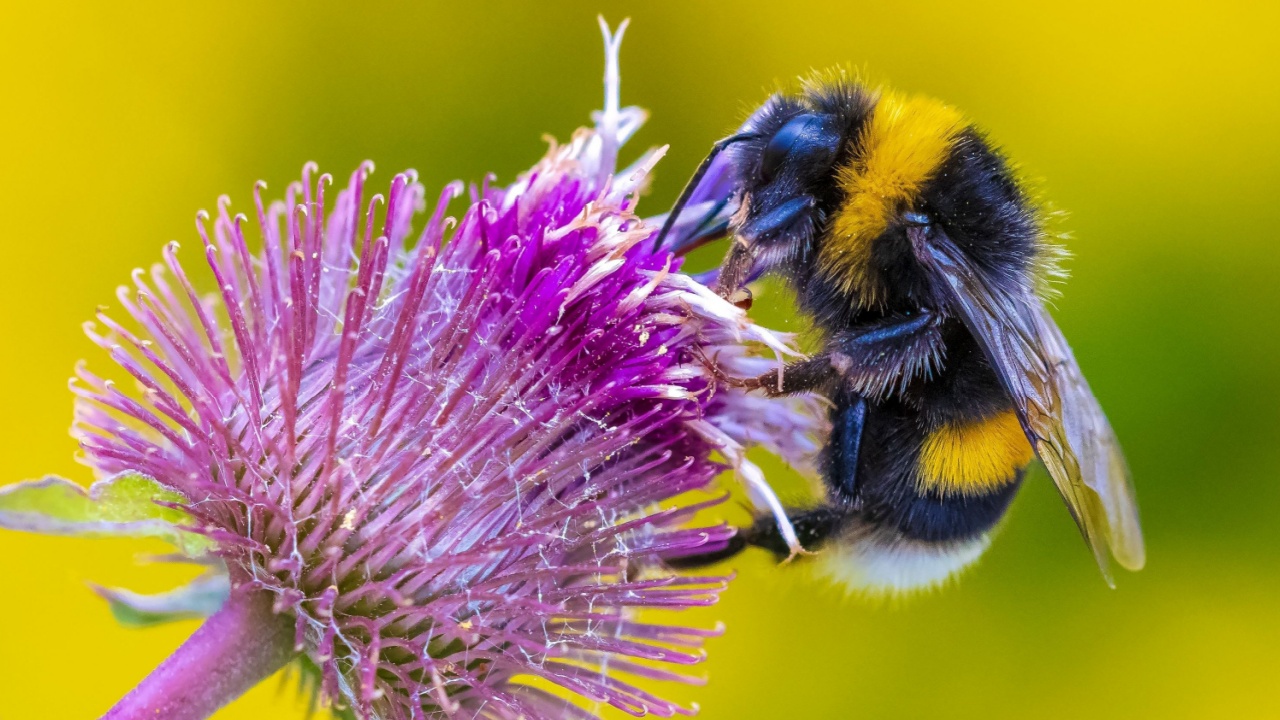
Bumblebees, essential pollinators for many plants, have been declining in the UK due to factors such as habitat loss, pesticide use, and climate change. The Bumblebee Conservation Trust works to protect and restore bumblebee populations through habitat creation, public education, and scientific research. By supporting bumblebee-friendly gardening and farming practices, we can all play a part in helping these vital insects thrive.
11. Barn Owl Conservation
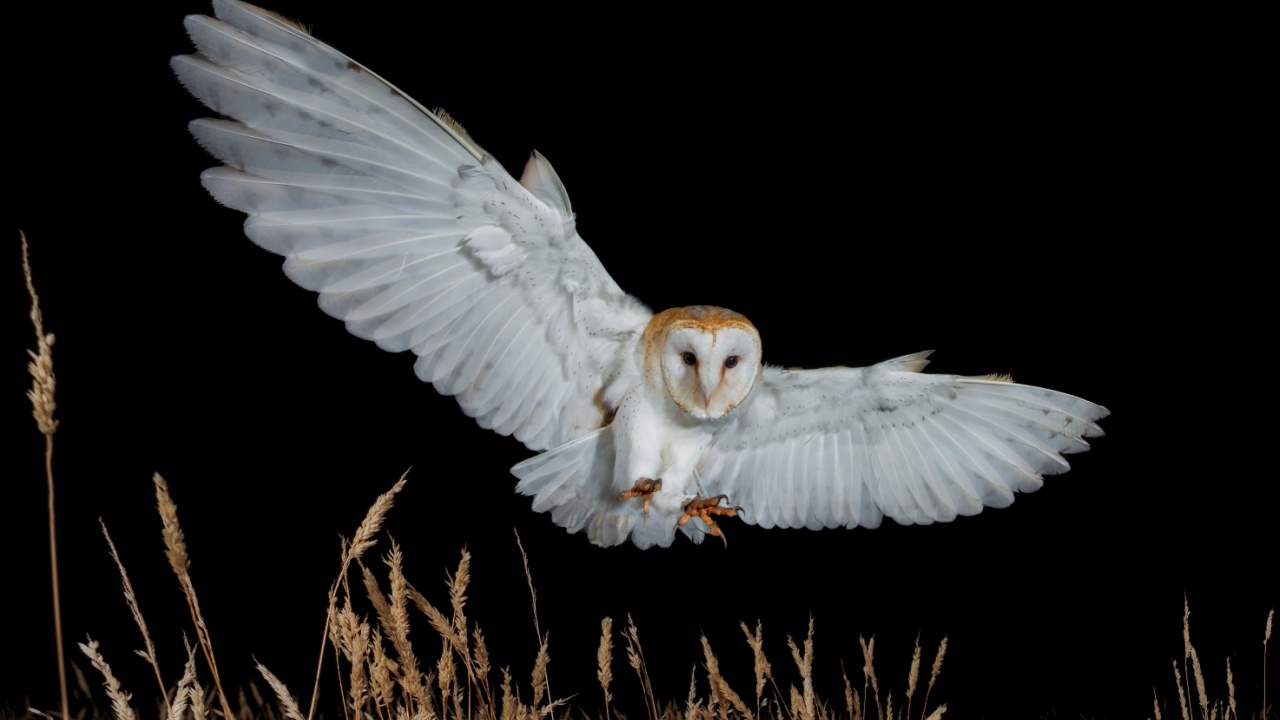
Barn owls, iconic nocturnal birds of prey, have faced declines in the UK due to changes in agricultural practices and the loss of suitable nesting sites. The Barn Owl Trust has been working to conserve these beautiful birds by providing advice on habitat management, installing nest boxes, and conducting research to better understand their ecology. Through these efforts, the trust aims to ensure that the haunting calls of barn owls continue to echo across the British countryside for generations to come.
Becky is a fervent wildlife enthusiast and pet care expert with a diploma in canine nutrition. Her love for animals stretches beyond the domestic, embracing the wild tapestry of global fauna. With over a decade of experience in animal welfare, Becky lends her expertise to OutlandishOwl through insightful articles, captivating wildlife information, and invaluable guidance on pet nutrition. Her work embodies a deep commitment to understanding the intricate lives of animals and a passion for educating others on sustaining natural habitats. Becky's hands-on conservation efforts and her knack for translating complex dietary science into practical pet feeding tips make her an indispensable voice for creatures great and small.

